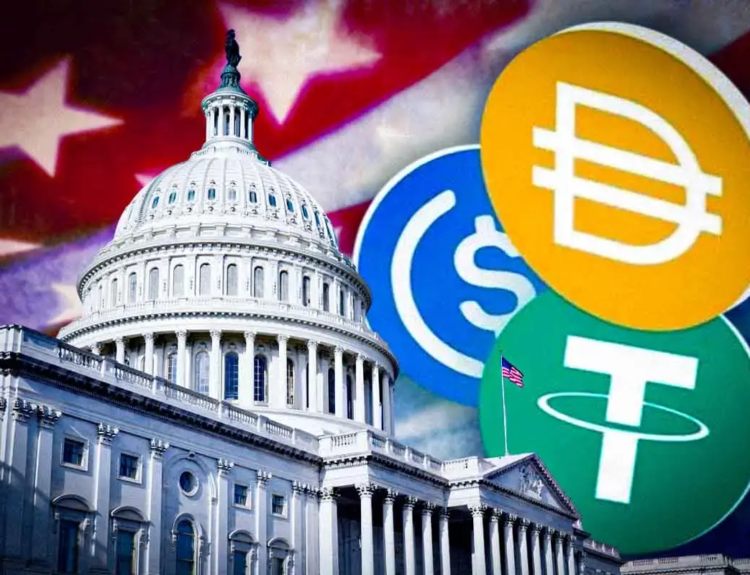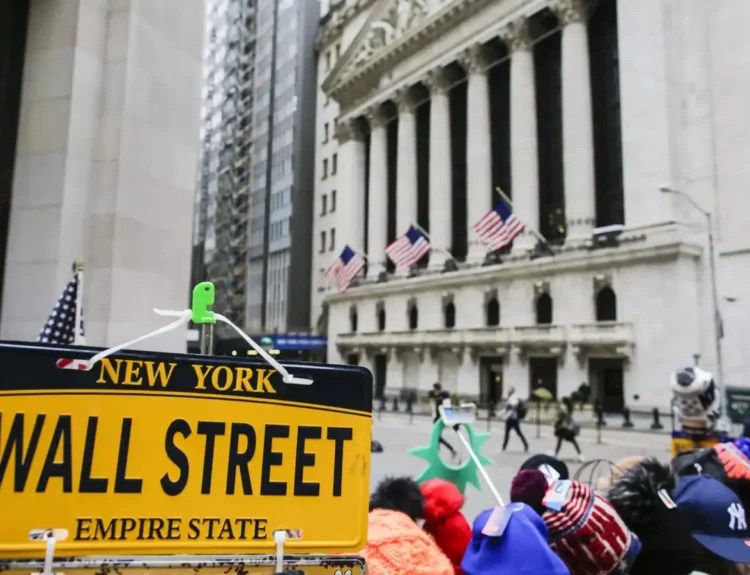With inflation cooling, the Federal Reserve is expected to lower interest rates soon. This shift will affect various financial products, including home loans, credit cards, and savings. The magnitude and speed of these cuts will determine how much consumers benefit.
- Mortgages: If you’re buying a home, consider waiting for potential rate drops. Historically, rates have fallen by 1.25% to 2% during rate-cut cycles, significantly impacting long-term costs. If you’re planning to refinance, think twice about buying down your rate now, as future savings may outweigh current short-term reductions. A quarter-point drop in rates might not justify the fees associated with refinancing.
- HELOCs: Current HELOC rates hover between 9% and 11%, and small Fed cuts won’t significantly ease costs. Be cautious before taking on this high-cost debt. If you already have a HELOC, aim to aggressively pay it down rather than expecting lower rates to help.
- Credit cards: Credit card rates, currently averaging 20.7%, will remain expensive, even with small rate cuts. Consider consolidating or transferring your balances to lower-interest alternatives like credit unions or 0% balance transfer cards to manage your debt more effectively.
- Car loans: Fed rate cuts won’t provide major relief for car buyers. A 0.25% cut saves only $4 per month on a $35,000 loan. Focus more on negotiating the price and terms rather than expecting significant savings from rate cuts.
- Savings accounts: High-yield savings accounts, which have been paying more than 5%, may see rates slowly decline, but returns will remain competitive for a while. Consider locking in high rates now with longer-term CDs or treasuries, but avoid callable options that the issuing bank can close prematurely.
While the Federal Reserve’s expected rate cuts could provide some relief, they won’t offer immediate, significant savings. Take a strategic approach to debt repayment, refinancing, and maximizing savings returns while these favourable conditions last.










